Religious apologists are fond of using the trappings of science. Maybe it’s because science poses the greatest challenge to their claims (so they’d better sound like they know about it), and maybe it’s because they’re trying to borrow science’s credibility.
But it’s not easy to see exactly how the efforts of apologists and true believers are different from real science. I think I’ve worked it out. And since it’s a shame to leave it buried in the comment section of the Undying Thread, I’m pulling it up here into the light.
Here’s how it works according to science. It takes evidence to establish a claim. The more extraordinary the claim, the more evidence it takes. Without that evidence, the claim is rejected. The starting point is an assumption that the claim is not true. Basic stuff.
For example, I do not believe that there was ever a significant population of Hebrew or (reformed) Egyptian speakers in North or South America during alleged Book of Mormon times because there’s no evidence for it. No fragments of Hebrew script, no Egyptian loan words in existing languages. But future discoveries could overturn my disbelief.
Apologists and true believers do it the opposite way. The religious belief is assumed to be true without adequate evidence. Religious claims are accepted as long as they’re not specifically refuted by enough evidence. And the more deeply held the claim, the more evidence it takes to disabuse them of it.
Of course, it’s impossible to amass enough evidence to convince a true believer. For one thing, you can’t prove a negative. For another, many of their claims are not even falsifiable. And evidence can be ambiguous, so it will never disconfirm their view 100 percent. Which means that you can bring alternate explanations and evidence that refutes their view all day long, and they’ll just cling to the sliver of probability that remains, saying “I could still be right.” That sliver of hope is all they need.
So this is the tack that Mormon apologists have to take. They must know that there’s no evidence to establish their view, but as long as they can muddy the waters enough to create a sliver of possibility — redefining words, finding loopholes, and creating fanciful hypothetical scenarios — the faithful are satisfied and don’t notice that there’s not enough evidence to establish their claims.
We, as scientists and critical thinkers, do ourselves a disservice when we play the game their way. Trying to argue them down to zero probability is impossible, but that’s not our job. The burden of evidence is on them to establish their claims.
With that very long intro, let’s take a look at Michael R. Ash’s latest. This one’s about the word ‘Lamanite’. He’s already admitted that you can’t find DNA from Lamanites in current Native American populations, but the lack of evidence isn’t going to stop him from believing in them. He argues that their DNA was ‘subsumed‘ into a larger population — a wildly improbable event.
Ash details the problem:
If we theorize that the Lehites in the Book of Mormon were a small incursion into a larger existing New World population, and that their DNA was swamped out by the dominant and competing haplogroups,
Remind me: why were we theorising that? Because it’s well-supported by evidence? No, because it allows the religious theory to maintain a sliver of probablity. Carry on.
…some members may wonder who — of the surviving modern populations — are the “Lamanites”? In the Doctrine and Covenants, for example, the early Saints are directed to go preach to the Lamanites. How could the Native Americans in Joseph’s world be Lamanites?
It’s worse than that. If you can’t find any genetic Lamanites, how is the Book of Mormon going to come forth unto them? How are they going to ‘blossom as the rose‘? The redemption story falls apart.
Ash’s answer: Redefine the word ‘Lamanite’ away from genetics and toward culture.
The answer is found in culture and genealogy.
While culture is learned and typically passes from parents to children, people can change cultures or assimilate into different cultures. Thus we have Americans who are culturally American, although they (or their ancestors) might have come from Africa, Europe, Asia, or many other parts of the world. Terms such as “African,” “Asian,” “Jew,” “LDS,” “Indian,” and so forth are social constructs, not biological or genetic classifications.
Shorter: Cultural terms are just constructs, so it’s okay to refer to people by a term that was completely made up by some guy.
Finally, we have genealogy, or one’s ancestry. Everyone has two parents, and each parent has two parents. If you go back two generations (to your grandparents) you have four ancestral slots filled by two grandfathers and two grandmothers. As we go further back in our genealogy the number of ancestral slots increases geometrically.
Fail. He means ‘exponentially‘.
Update: No, I fail. See comments.
These slots don’t represent the actual number of ancestors, however, because intermarriage among relatives will cause some ancestors to fill multiple ancestral slots.
No, silly, it’s because parents can have more than one child. So each person on earth doesn’t require two unique parents; lots of people will have the same parents. Minor point, but it is a worry that he’s not good at understanding things.
If we could create a genealogical chart for a modern Native American back to Lehi’s generation we would have over 1 octillion ancestral slots (that’s more than 1 trillion times 1 quadrillion). Now obviously he would not have 1 octillion ancestors (there haven’t been that many people in the entire history of the world). Some ancestors would fill many of these ancestral slots. Nevertheless, on a genealogy chart, there would be 1 octillion ancestral slots. From how many slots would our Native American be descended? All of them. If Laman (or a descendant of Laman) was an ancestor in just one of these 1 octillion ancestral slots, then it can legitimately be claimed that our Native American is a Lamanite descendant.
Wow, the descendants are all Lamanites even if there was just one real Lamanite in an octillion?
What if there was none? No Lamanite ancestors at all. Because that’s the way it’s looking.
We can discount Ash’s complex web of theorising at one stroke, because there’s literally no evidence for Lamanites. But he’s working the opposite way: if we assume that the Book of Mormon is true, and if this incredibly improbable genetic swamping happened, and if words mean what he redefines them to mean, and if there’s one Lamanite back in the genealogy, and if you put on these special 3D glasses and squint a bit, then it’s remotely possible that the Mormon view could still be right. And you can keep going to Church, pay tithing, and stop worrying.
I’ll ask it again: What’s more likely, that Ash’s very complex and improbable overlapping scenarios happened in such a way as to not leave any evidence? Or that someone wrote a fake book?
Ash is once again redefining words and constructing fanciful hypotheticals to create a semblance of plausibility for his religious theory. That’s not good enough. He needs to bring publicly verifiable evidence.
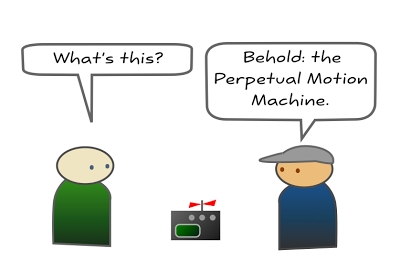


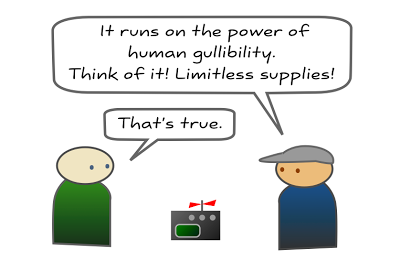
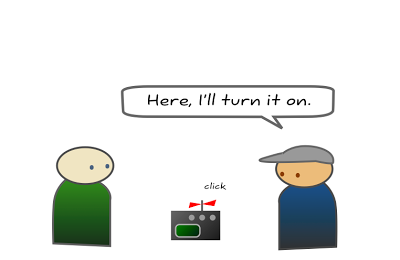
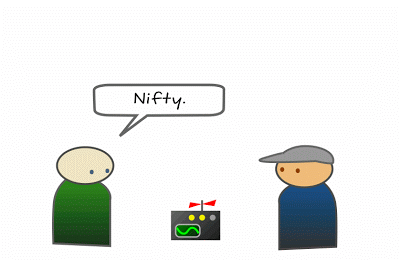

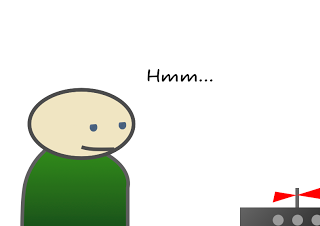


Recent Comments